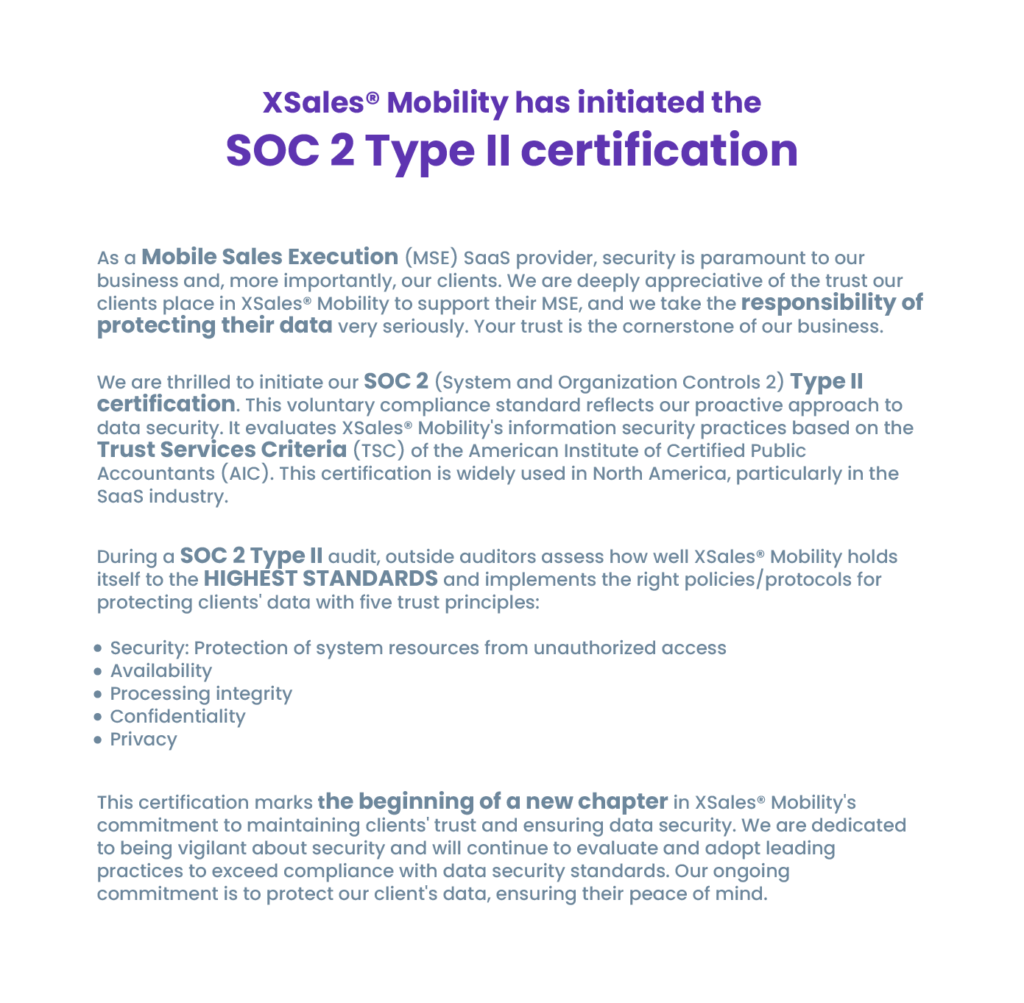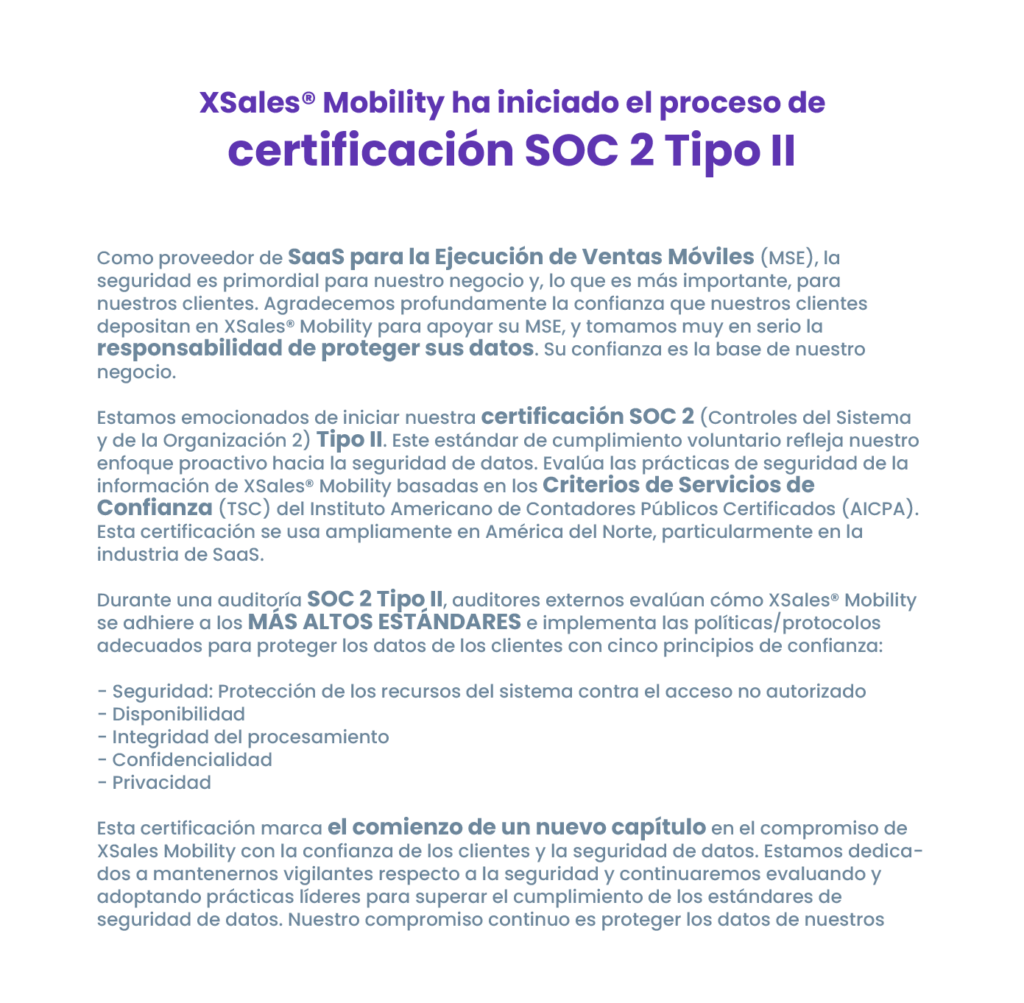It’s not a secret to anyone that the evolution of technology in the last decade has considerably affected the way companies and their workers operate.
The need to stay connected and the volume of activities that nowadays are performed in front of a screen, are just some of the factors that grow exponentially, showing that there is a new way of doing things.
In general terms, the arrival of the digital era has been a step forward in the management of organizations, changing the physical archive for a digital database, doing home-based activities instead of going to the office, making video conferences instead of meeting personally; has resulted in a better use of resources and significant improvements in time management. But not all changes occur within the four walls, also those activities that are performed facing the customer, including: support, sales and project execution activities, have suffered substantial modifications.
Let’s analyze for a moment the printing & publishing business, including books, newspaper and magazines publishers. For these companies, the adoption of technology has allowed them to get real time information from every part of the globe instantly, however, the fact that users prefer to read the news on their mobile screens instead of carrying a handful of paper, significally impacts the way these companies market their products. In order to keep their business alive they needed to adapt, so they started publishing online free articles, reserve payable subscriptions to particular topics only, began advertising both in paper & online and started pointed to this new audience by publishing reader-oriented content. This is just an example of how technology can change the shape and colours in an ancient business.
Let’s pay attention now to the Consumer Goods and Distribution industry, which has a bigger relevance to our blog. In these type of business, the use of technology has not only affected internal operations but also has changed the way their employees do their jobs. We are refering specifically to the implementation of a mobile sales solution, which is nothing more than a tool that offers supervisors and sales reps the necessary functionalities to carry out their activities, before, during and after a transaction has been made at the point of sale.
A few years ago, supervisors were responsible for monitoring a whole team of salespeople based on trust. Responsibilities were assigned to everyone and at the end of the month, results were somehow assessed. Nowadays, everything is faster and simpler. There are solutions that allow supervisors to visualize in a map the real route made by the salesrep, the time invested at the point of sale and can issue a detailed report of all the transactions executed during their journey. So the results are not only assessed, they are effectively measured.
On the other hand, the 10-years-ago sales rep, based his selling success only on the abilities he had at the very moment of the transaction. The seller that stood out for being optimistic, persevering, empathetic, persuasive and with excellent communication skills, usually closed a greater volume of sales than the one with less ability to connect and relate to their clients. Nowadays, this success rely mostly on those activities that take place prior to the client’s visitation. This depends in turn on how efficient and efective is the technology used to execute transations.
We say this, because a mobile sales solution puts in the hands of every sales rep the necessary amount of information and tools to anticipate client’s behavior, which gives them a great advantage during negotiation, minimize uncertainty and decrease the time invested in the sales process.
The implementation of this technology has a wide impact of every business performance and can me estimated by listing all the functionalities that one app can offer with the right scope:
- Recording and analyzing a customer’s purchase history, establishing a consumption pattern and suggesting products according to their profile.
- Informing the sales rep in a timely manner about pending payments and negotiation guidelines established with each client before reaching the point of sale.
- Carrying with absolute precision and in real time the stock available on the distribution center, the truck and the client’s shelves.
- Reporting promotions, benefits and loyalty programs available to facilitate the sales transaction.
- Allowing the bidirectional communication between sellers, his supervisors and the rest of the sales team, through direct messages and multimedia.
- Transmitting business rules direct from the organization to the seller and so to the client, which in the end increses customer satisfaction.
- And in general, execute all activities at the point of sale without pencil nor paper, which minimizes errors in taking orders and deliveries, decreases the time spent in loading data and automates the issuance of reports.
It is true that selling is an art and there is no such thing as a “single sales model” that works for every seller. Each person, even with the same tools, will seize them differently and approach their potential client with a very personal strategy; however, the leadership that technology exerts within the sales process, frees the seller from the responsibility of making a successful transaction, since every time he faces the client to initiate a sale (in cases where this occurs ), the transaction has already been “thought out” by the mobile solution and is just one click away.
All this leads us to understand that the role of technology in the sales process is not only that of a simple support tool, but a whole sales execution infrastructure, which displaces the seller in his role of “administrator” and makes him a “user”.




